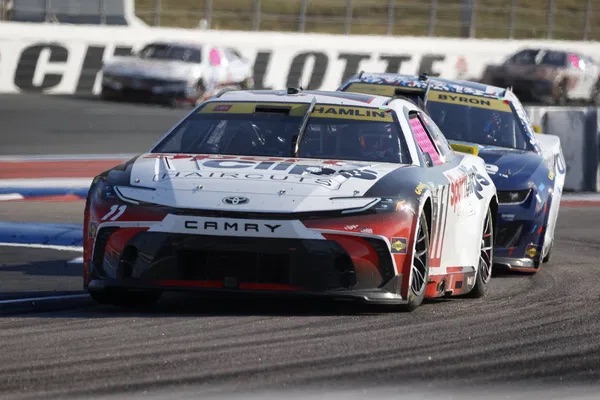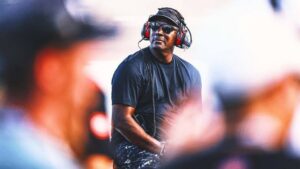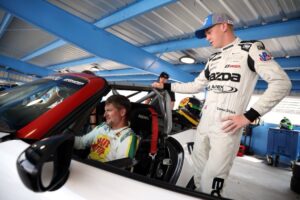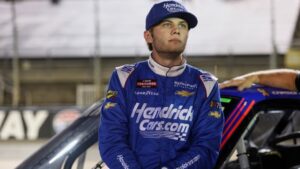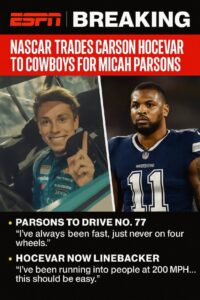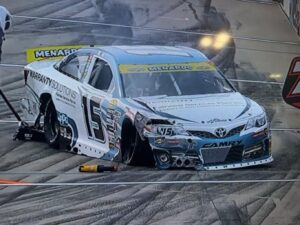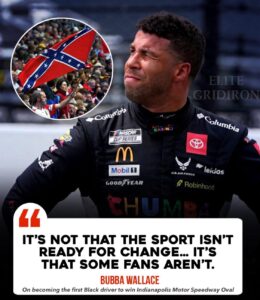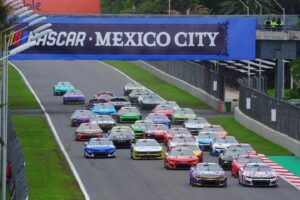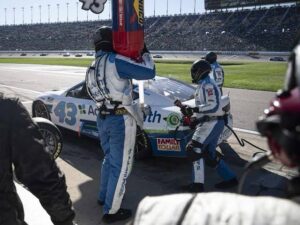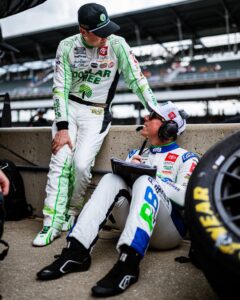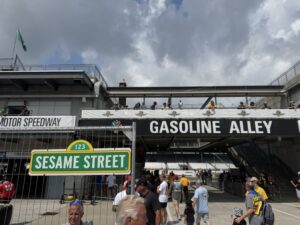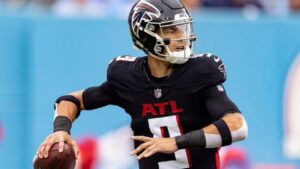In a sport where every square inch of a car can represent millions of dollars, the placement of sponsor logos is a critical decision. For decades, NASCAR teams have meticulously designed their cars to strike a balance between aesthetics, branding, and performance. However, in a recent interview, legendary team owner Joe Gibbs shared his perspective on the ongoing “decal dilemma” and how his team has found a winning formula for sponsor placement.

The Art and Science of Sponsorship Placement
When Joe Gibbs Racing (JGR) enters the conversation about NASCAR sponsorship, their cars often come to mind as some of the most visually iconic in the sport. Think of Kyle Busch’s colorful M&M’s schemes, Denny Hamlin’s sleek FedEx designs, or Martin Truex Jr.’s Bass Pro Shops look—each one a masterclass in branding.
According to Gibbs, the secret lies in more than just artistic flair. “It’s all about making sure the sponsor gets maximum visibility on the track and in photos,” he explained. “The hood and quarter panels are prime real estate, but it’s also about making sure logos look good in motion and when the car is in Victory Lane.”
Where Sponsors Shine the Most
Gibbs went on to share what his team has learned from years of working with corporate partners:
1. The Hood Is King
“The hood is where fans look first,” Gibbs said. “It’s the centerpiece of the car, and it’s the most visible during head-on shots. For our primary sponsors, this is where they want their logo to live.”
2. The Quarter Panels: A Story in Motion
The quarter panels, located on the sides of the car, are critical for TV coverage. “When the car is racing side by side, the quarter panels are what fans see the most,” Gibbs explained. “We make sure the logos there are bold and clear for anyone watching the broadcast.”
3. Rear Decklid and Bumper for the Close Finishes
“We’ve seen it time and time again—those bumper-to-bumper finishes,” Gibbs said with a grin. “The rear decklid and bumper are crucial for sponsors because they’re the last thing people see when we cross the line.”
4. Roof Numbers and Names for the Diehards
Gibbs also touched on how the roof serves a dual purpose. “It’s for the fans in the stands. They can identify the car from above. And for the sponsors, it’s another chance to reinforce their presence.”
Challenges in the Digital Age
Gibbs acknowledged that the rise of social media and streaming platforms has added complexity to sponsorship placement. “Nowadays, you have to think about how the car looks in still images and on small screens,” he said. “That’s why we work closely with our sponsors to ensure their logos pop in every format.”
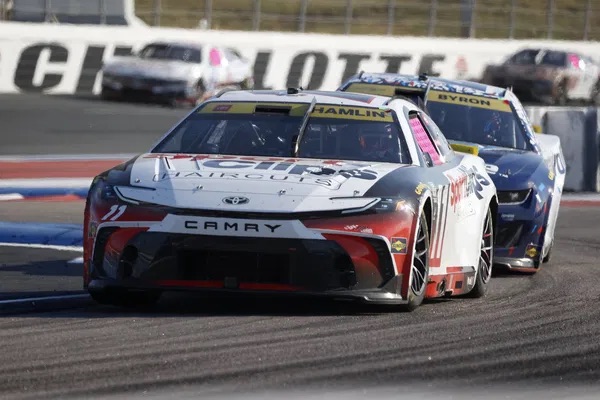
A Win-Win for Teams and Sponsors
By understanding the dynamics of sponsor placement, Gibbs believes NASCAR teams can create mutually beneficial partnerships. “When sponsors see the value of being on the car, it leads to long-term relationships,” he said. “And that stability is what helps our team perform at the highest level.”
Setting the Standard
Joe Gibbs Racing has consistently set the standard for sponsorship integration, and Gibbs’ insights reveal why. By combining strategic placement with a deep understanding of branding, JGR has turned their cars into rolling billboards that resonate with fans and sponsors alike.
As NASCAR continues to evolve, Gibbs’ approach serves as a reminder that the sport is as much about business as it is about racing. And for teams like JGR, solving the decal dilemma is just another way to stay ahead of the competition.
